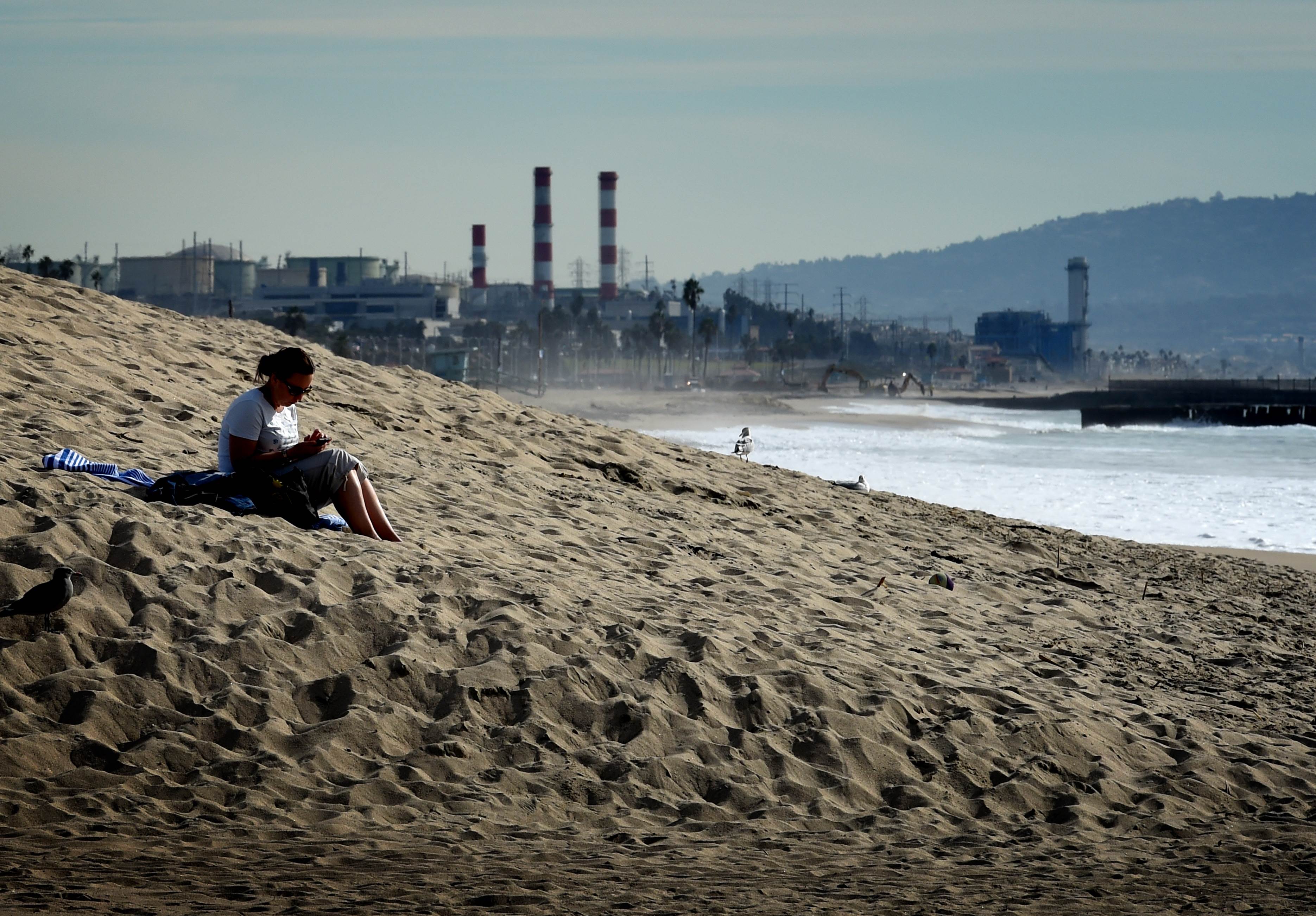A key monthly indicator for El Nino has reached a level not seen since 1997, when the weather pattern caused heavy rains and flooding in parts of South America and severe drought hit crops in Indonesia, according to the U.S. weather agency.
El Nino, the "little boy," is driven by warm surface water in the eastern Pacific Ocean. Its strength is measured by how much higher temperatures are over three-month averages.
In November, temperatures in the Nino 3.4 region — the central band of affected ocean, lying 5 degrees south and north of the equator from longitude 170 to 120 degrees west — were 2.34 degrees Celsius (4.2 degrees Fahrenheit) above average, the National Oceanic and Atmospheric Administration (NOAA) said on its website.
That was the highest reading for the data, which go back to 1950, and a touch more than the 2.32 degrees Celsius recorded in November 1997 — a difference that NOAA considers statistically insignificant.
The Nino 3.4 value is the basis for three-month averages used in the Oceanic Nino Index (ONI) — one of the indicators that helps give historical context to the weather disruptions.
Temperatures in the Nino 3.4 region had hit a weekly record of 3 degrees Celsius above average in the week ending Nov. 16.
The ONI for September, October and November 2015 is 2.04 degrees Celsius, Mike Halpert, deputy director of NOAA's Climate Prediction Center, said in an email. That is slightly behind the 2.18 degrees Celsius for the same period of 1997.
El Nino, which reaches a peak between October and January and persists into the first quarter, is eventually ranked by the peak of the ONI.




















With your current subscription plan you can comment on stories. However, before writing your first comment, please create a display name in the Profile section of your subscriber account page.